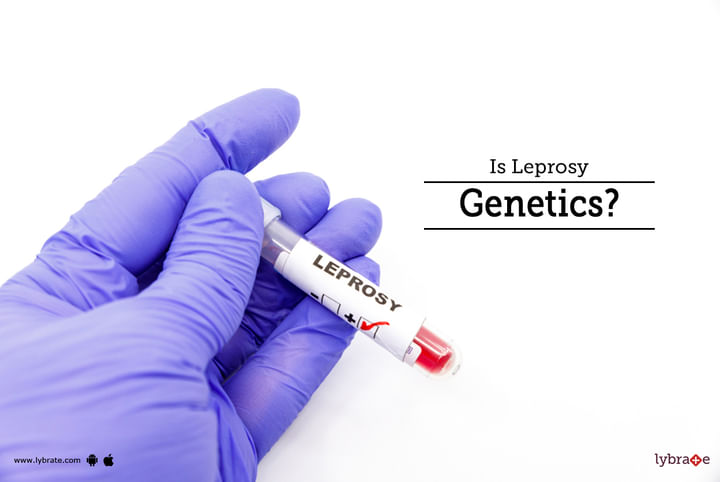Is Leprosy Genetics?
There was a time when Leprosy was considered a highly contagious disease and people suffering from it were treated as untouchables. But now the stigma and discrimination has been ended. People are aware now that it is completely curable if treated on time under the supervision of a well-specialized physician. Any individual suffering from the disease can lead a normal life, continuing his/her work actively.
Leprosy is an infection of nerves, eyes, skin, and nasal mucosa. Important symptoms related to the disease include discolored and numb skin patches, the presence of nodules on the skin, the disappearance of eyebrows or eyelashes, dry and thick skin, and ulcers on the feet. On-time treatment is important because any delay can cause permanent nerve damage, leading to paralysis as well as crippling of hands and toes. The treatment mainly involves MDT or multidrug therapy.
Not disease but the risks of contracting the disease are inherited in case of leprosy. These risks involve acquiring the infection on any kind of exposure to the causing bacteria ‘‘Mycobacterium leprae’’. The susceptibility to the infection sets up a genetic trend in the family having an unknown pattern of inheritance.
Human leukocyte genes, as well as nonhuman leukocyte genes, are involved as genetic factors in Hansen’s disease which affect an individual’s susceptibility to the disease. Bacillary transmission and appearance of clinical features are the forms in which the disease is linked to human genetics.
The recurrence of Leprosy is one of the important aspects to be considered while investigating genetic relationships of the disease susceptibility. There has been no role of genetic variants established so far in the recurrence of the disease. Based on the research regarding recurrency, it has been found that the strain of Mycobacterium leprae which causes the disease has no genomic variants showing resistance to the multidrug therapy. The genome sequence which is obtained out of the analysis reveals that the same strain of bacteria is responsible for evoking the recurrence or relapse.
Another experiment of genomic sequencing suggests that there is an existence of a highly susceptible genetic profile in the affected people who are predisposed to the disease recurrence.



+1.svg)
